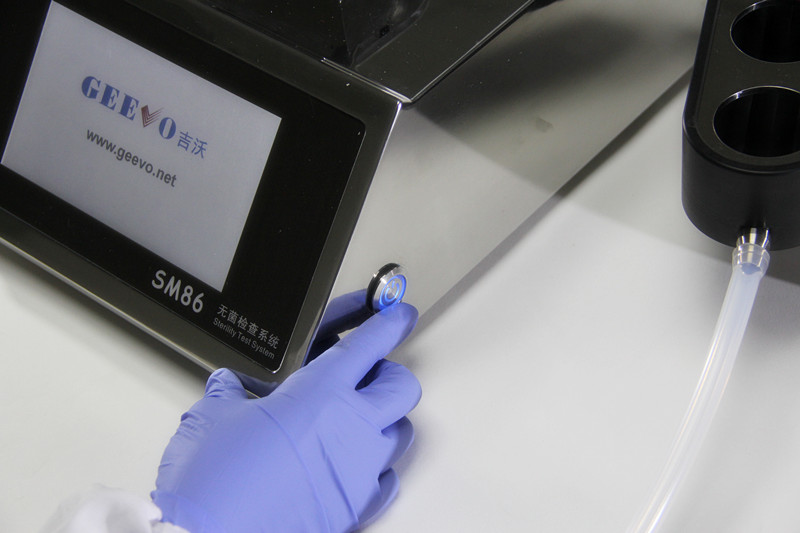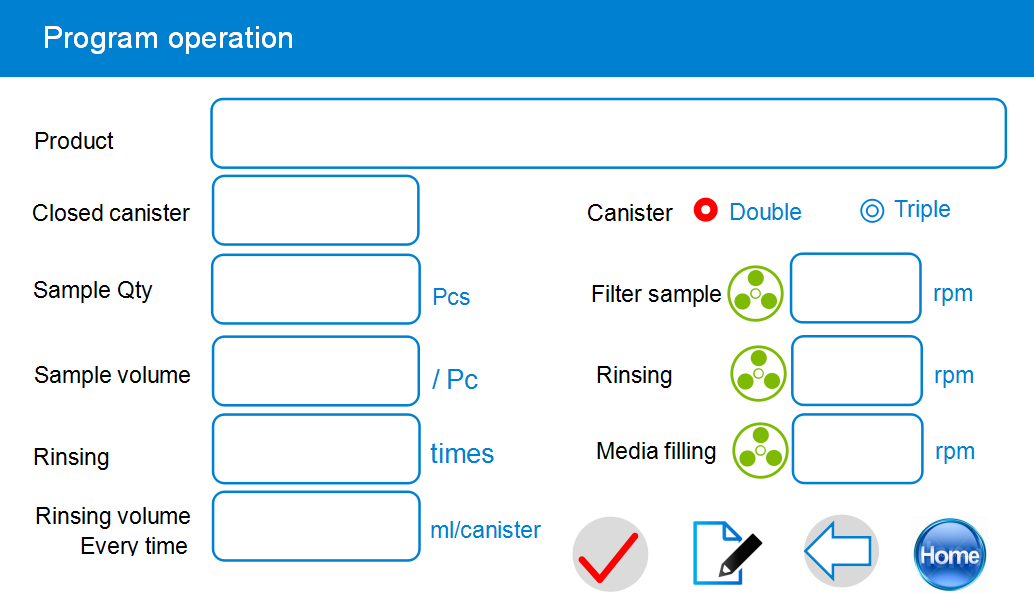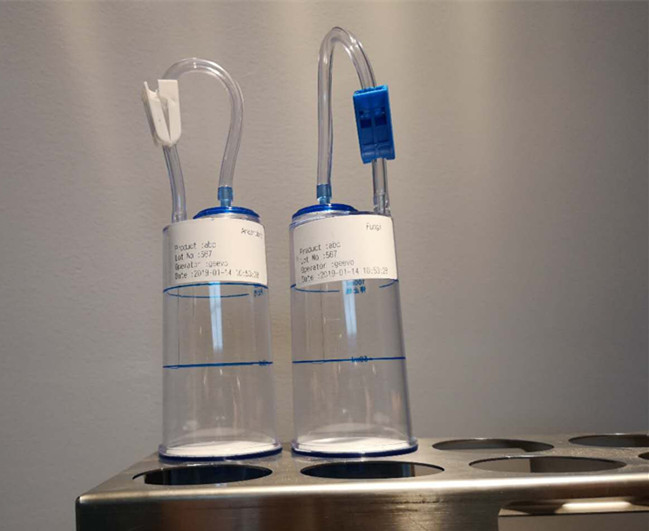Gap Assessment and Discussion on Sterility Tests in Chinese Pharmacopeia 2015, United States Pharmacopeia, European Pharmacopeia, and Japanese Pharmacopeia.
Abstract Objective: Gap assessment and discussion on thesterility test methods in Chinese Pharmacopeia 2015 edition (CP2015), United States Pharmacopeia (USP), European Pharmacopeia (EP), and Japanese Pharmacopeia (JP).
Method: The test procedures and key parameters in the sterility test methods in different pharmacopoeia were compared step by step and the differences were identified. The identified differences are scientifically evaluated for their impact to the equivalence of the methods.
Result: The sterility test method in CP2015 is largely harmonized with that in USP, EP and JP except for a few differences. Positive control and extra incubation bacteria are required in CP2015 only, and Escherichia coli is used in method suitability test in CP2015 while Pseudomonas aeruginosa is used in USP/EP/JP.
Conclusion: The Sterility Test Methods in CP2015, USP, EP, and JP are equivalent.
The method in CP2015 could be simplified more without compromising the
validity, accuracy and reliability of the method.
Key words: sterility test: Chinese Pharmacopoeia 2015, United States Pharmacopoeia, European Pharmacopoeia, Japanese Pharmacopoeia.


